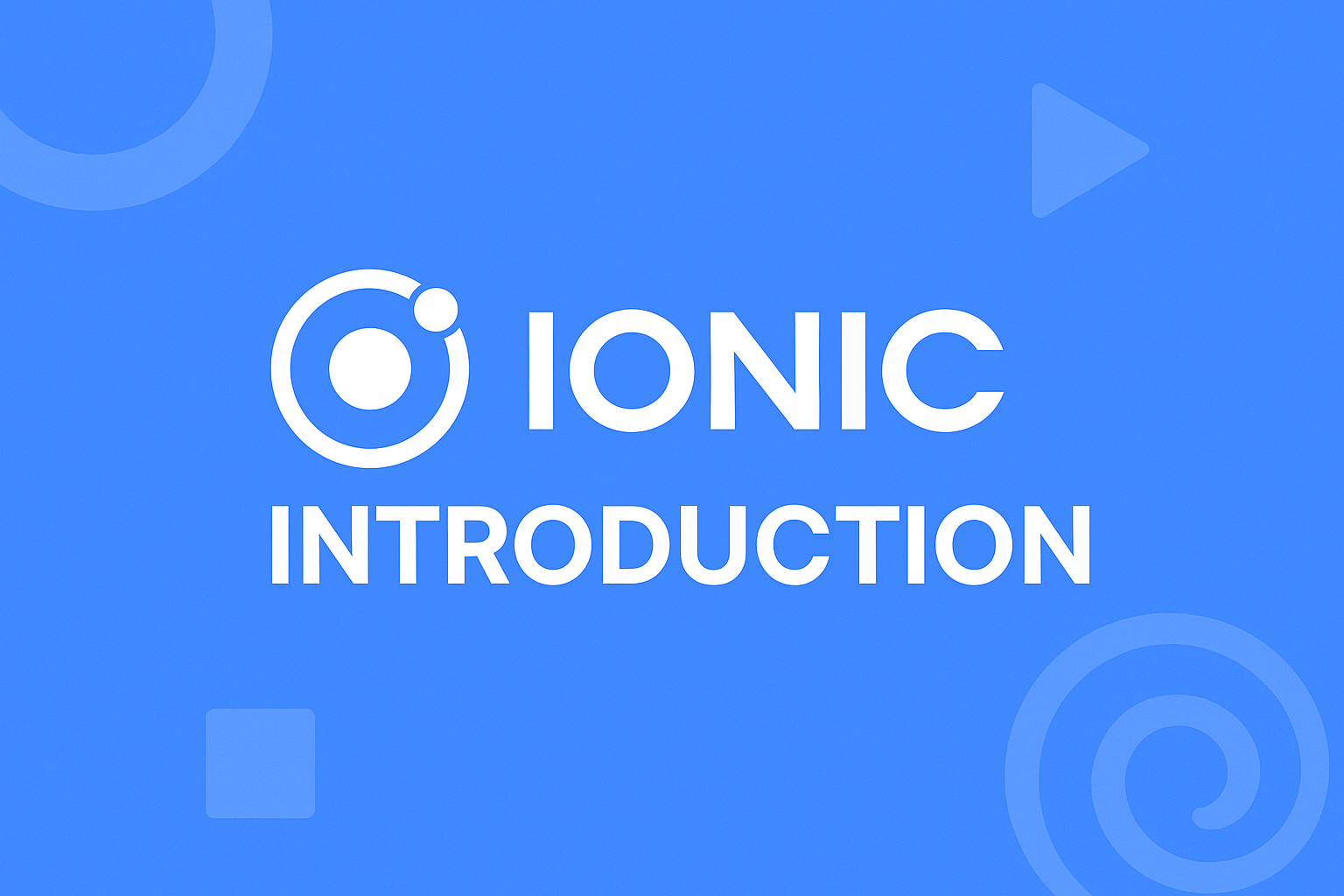
In this article, we’ll see Ionic Introduction.
Table of Contents
In today’s digital landscape, mobile app development plays a vital role in delivering immersive user experiences. However, building apps for multiple platforms can be a daunting task. Enter Ionic, a powerful framework that combines the best of web technologies with native functionality, enabling developers to create stunning cross-platform mobile applications.
We’ll explore the world of Ionic, diving into its features, advantages, and use cases that make it a game-changer in the app development realm.
If you’re looking for a powerful and flexible framework for building native-quality mobile apps, Ionic is a great option.
What is Ionic
Ionic is a powerful tool for building mobile apps using HTML, CSS, and JavaScript.
It is an HTML5 mobile app development framework targeted at building hybrid mobile apps. Hybrid apps are essentially small websites running in a browser shell in an app that has access to the native platform layer. Hybrid apps have many benefits over pure native apps, specifically in terms of platform support, speed of development, and access to 3rd party code.
It comes with functionalities that can be found in native mobile development SDKs and also offers features such as typography, mobile components, an extensible base theme, and interactive paradigms.
Why Use It?
- It lets you build native iOS, Android, and web-based apps with a single code base.
- It has stabilized quite a lot in the last year. Ionic 3+ is powered by Google’s Angular 4+) and it’s more object-oriented, safer (Typescript type checking), and faster (Ahead-of-Time compiling etc) than AngularJS/Angular 1. It feels like a much more solid environment and more future-safe than the original Ionic 1.
- Desktop support: It has added a flexible grid, and split-pane type features, allowing you to build mobile-first apps with responsive desktop layouts.
- Open Web Standards: To paraphrase one of their founders, you’re betting on the open web, rather than getting stuck learning single-platform technologies that don’t carry over. (e.g. Learning CSS and DOM layouts versus Xcode’s autolayout)
- Progressive Web Apps: This is a big trend on Google and Ionic’s radar, and it seems like It is uniquely positioned to let you build app-class web experiences that can also be published in the App Store.
- Community: There’s a community of over 30,000 members on the Ionic forum, an active Slack Channel, and It is the 45th or so most popular/starred repo on Github.
- Books & Tutorials: There are so many resources to get started. I recommend Josh Morony’s blog at Build Mobile Apps with HTML5 and Ionic’s own Get Started section at Ionic Framework.
Advantages and Disadvantages:
Advantages:
- open source
- good quality, well maintained
- seems to work well on a good variety of phones and OSes
- graphically very nice (if you like the iOS style)
- extra services, like push notifications, graphical editing of apps
- you can include “angularised” versions of Cordova plugins with ngcordova
Disadvantages:
- if you don’t like Angular, don’t use it (v2 uses Angular 2)
- if you don’t like the iOS graphic style, don’t use it (but v2 also includes Material design)
- Ionic v2 also introduces theming so that apps don’t look all the same
It has emerged as a game-changer in the world of cross-platform mobile app development. By combining web technologies with native functionality, It empowers developers to create stunning and feature-rich apps that run seamlessly on multiple platforms. This comprehensive guide has provided an overview of It, its key features, development workflow, UI building capabilities, accessing native device features, testing and debugging techniques, deployment and distribution, real-world use cases, and future trends.
Armed with this knowledge, you’re now equipped to embark on your Ionic app development journey and unlock the potential of cross-platform mobile apps.
Hope this article helps!